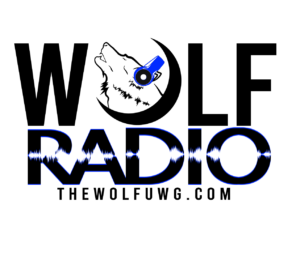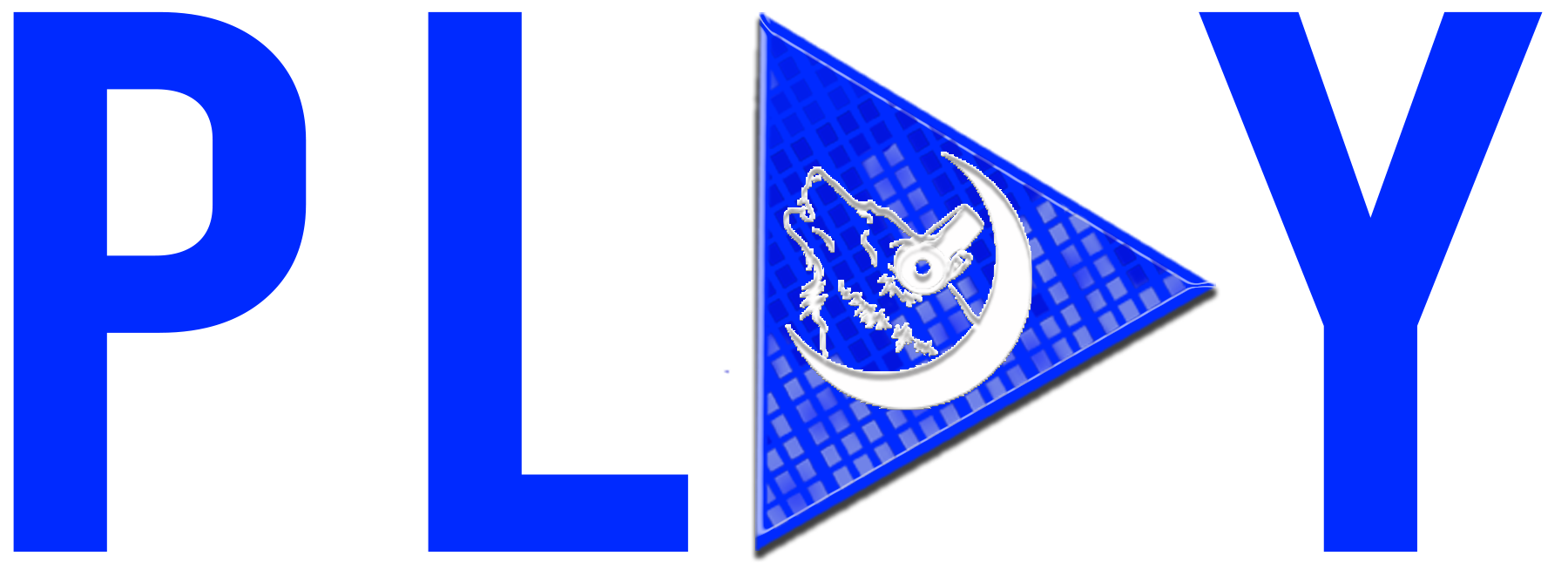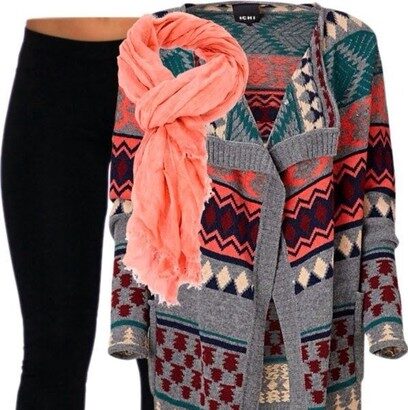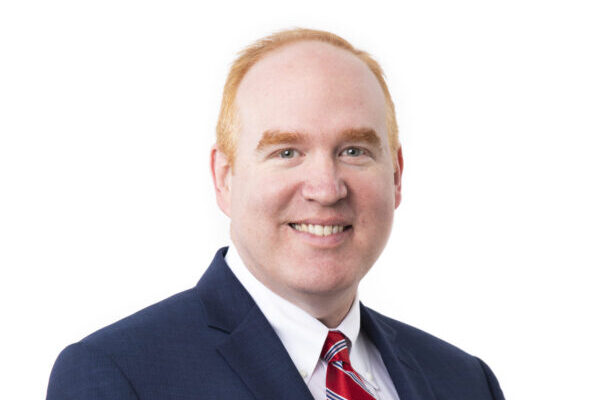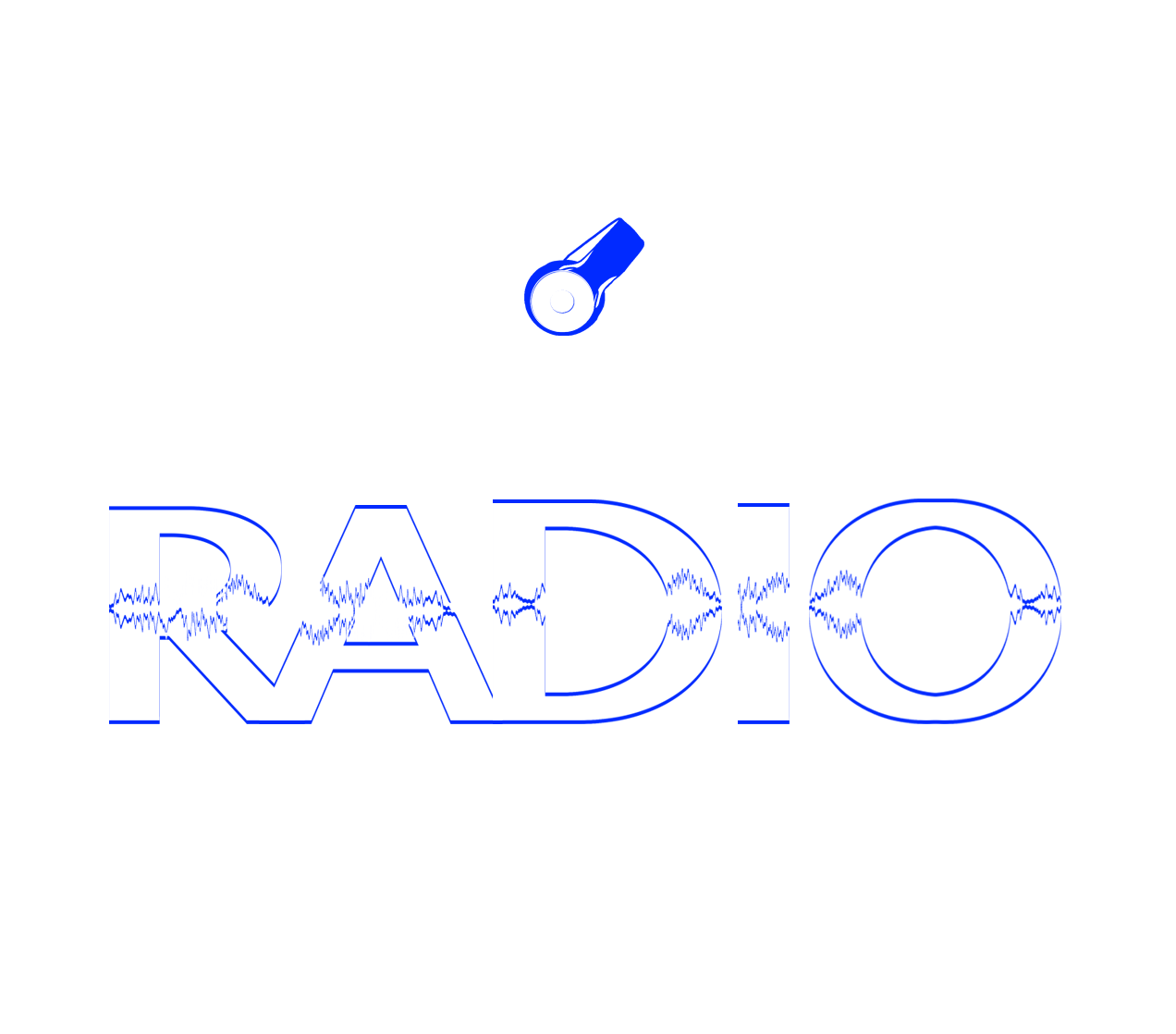It is 1pm on a Wednesday, my laptop camera is on and I have a pen in my hand. I place my pen beside my notebook, to fix my white collared shirt. Ding, the bell notification alerts that a new person has joined the interview meeting. My eyes darted up to see an older woman wearing a simple shirt, it’s not a t-shirt, but it is definitely not what I was taught to wear to a professional interview.
“Shall we begin?” She asked.
I had to fight back the urge to ask, “Shall you change your shirt?”
Since high school, I was taught to dress for success. My school would have Dress For Success days, where teachers would grant students bonus points for showing up wearing business attire.
This style has evolved through the years into having subcategories such as:
Business Professional, the original style most popular now for use in business meetings.
Business Formal, a more relaxed style that came about from companies ignoring dress code violations. “Well into the 1970s, companies gave employees manuals to outline official dress policies, but everything depended on the management’s need or desire to enforce them,” (Clemente 2017).
Business Casual is the most common style now found in the workplace. An article in The Atlantic states, “Born in Silicon Valley in the early 1980s, business casual consists of khaki pants, sensible shoes, and button-down collared shirts. By the time it was mainstream, in the 1990s, it flummoxed HR managers and employees alike,” (Clemente 2017).
But how are prospecting employees supposed to put their best foot forward without feeling out of place with all these new styles?
The evolution of wearing more relaxing clothes in the workplace is not a bad thing, but it can be confusing for interviewees. An article in Chron states, “If you speak to your professional qualities and your dress backs that up, it strengthens the interpretation the hiring manager has of your qualities” (Kokemuller). Overdressing can give off bad vibes such as being unable to vibe with the pre-established team culture. “When a hiring manager interprets your dress in the interview, he is thinking beyond the impression you make during that 30- or 60-minute period. He is also trying to envision you in the job,” (Kokemuller). Underdressing can give off the impression of not being serious about the job or lack of preparation for the interview. According to a study done by Forbes in 2015, “For 95% of employers surveyed, personal appearance is a contributing factor when determining whether an applicant is suitable for the job.”
Major to major the business attire standard changes for interviews. You can ask the HR rep during a phone screening to ask how to dress. Unfortunately, sometimes the HR representative is out of touch with their departments, so they recommend business casual and your interviewer shows up wearing a simple polo shirt.
Studies have shown that managers are more likely to hire people similar to them in terms of how they present themselves. A Randstad US survey done in 2019 found, “A combined 79 percent report their current employers’ dress code policy is either business casual (26%), casual (33%) or non-existent/no dress code at all (20%). However, 65 percent feel it’s important to wear a suit during an interview, regardless of how formal that company’s workplace actually is.”
As a communications major, I have been to interviews where the hiring manager has on a t-shirt, hoodie, and jeans. Working in the communications industry does not always require looking the best, but how someone dresses says a lot about them as well as the company culture. With the rise of virtual interviews, people are able to interview for any company from anywhere. Shouldn’t even more steps be taken to be your best? There isn’t a firm handshake anymore, barely any eye contact, and sometimes a slew of family pictures in the background–these serve as new barriers to communication, posing a question of how to effectively portray your best self through the laptop screen.
So in conclusion, it’s best to dress as you feel fit. If dressing for success boosts your confidence, go for it! If you know your position requires nothing more than a hoodie and jeans, get comfortable! Outfits should encourage you, not hold you back. If you feel over-dressed just ask during the interview: “If I were to get hired, what would be the typical outfit for my workday?”
